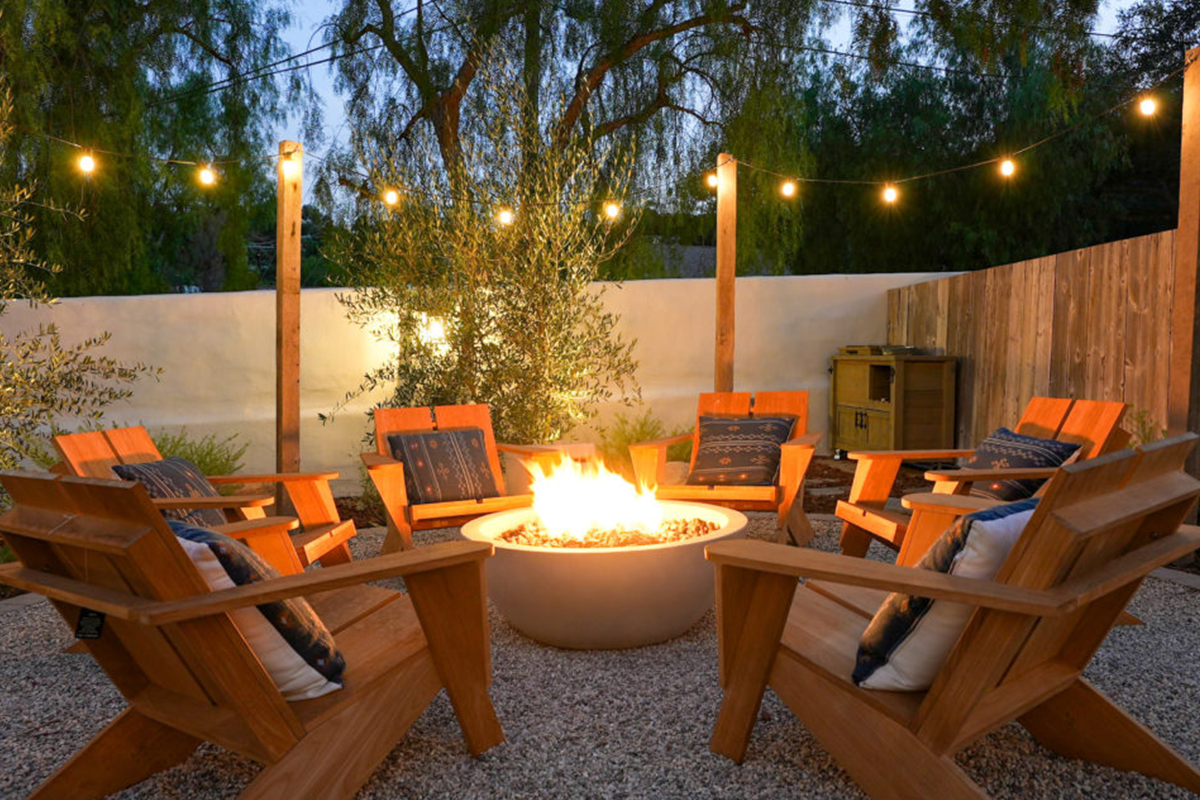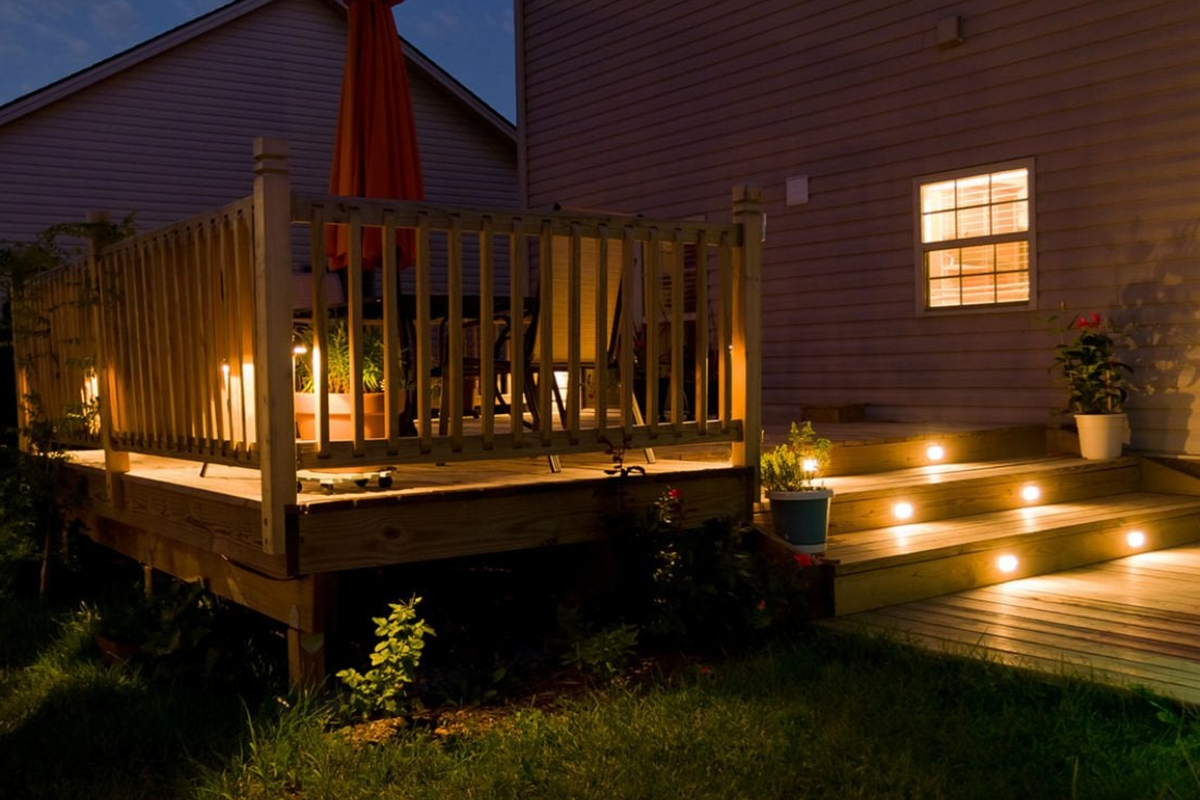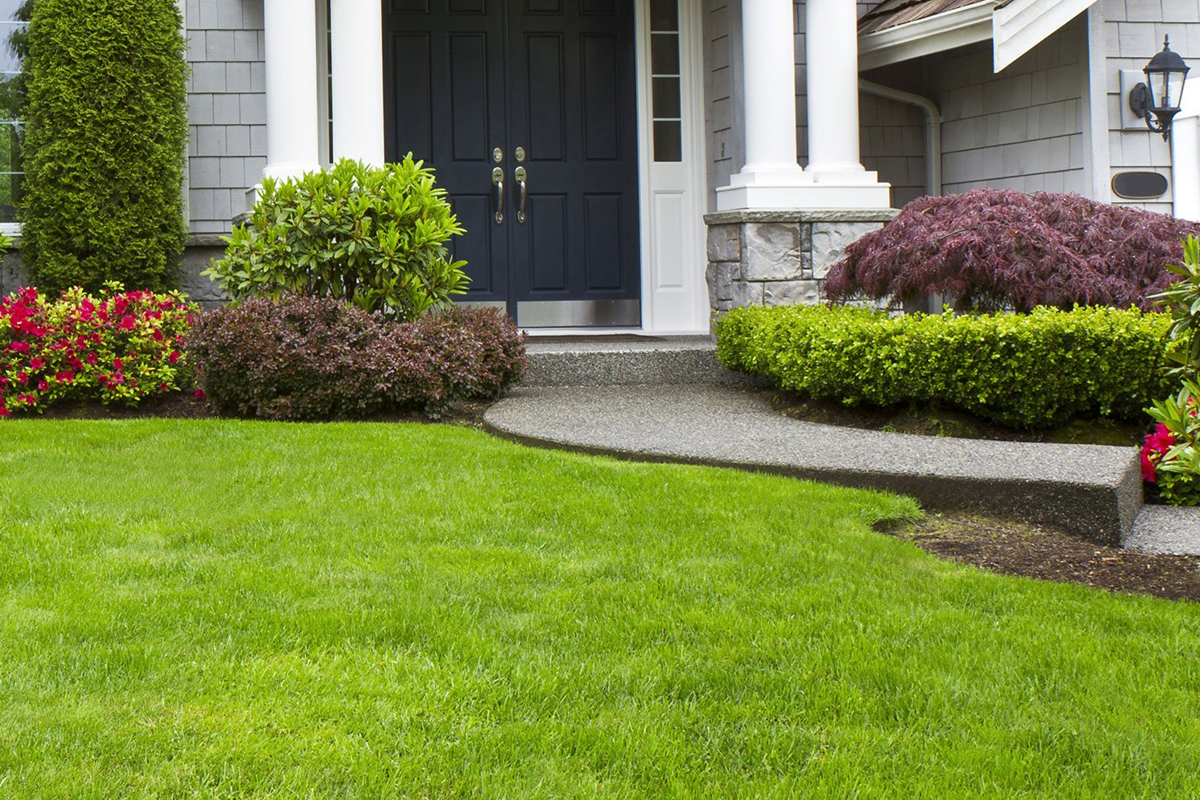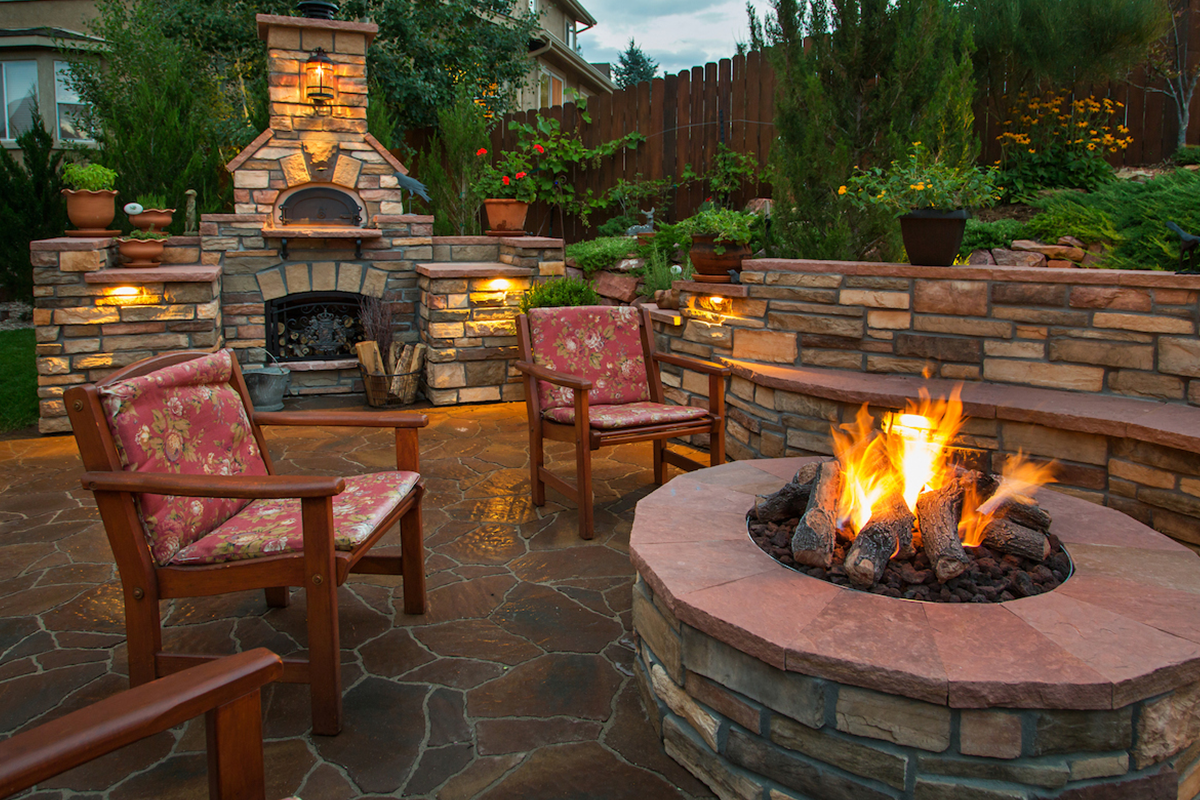The garden’s benefits and beauty have always been appreciated during the day, but why not take advantage of the time to view your flowers and greenery at night? There are many ways to light your garden at night, some requiring no additional effort or expense. What lighting method you choose will depend on what type of foliage you have in your garden, how much space you want for it, and what mood you want to achieve. Here are some tips:
* Use low wattage or energy-efficient bulbs–they don’t have to be costly or hard on the eyes. The most popular and widely used bulb is the 60-watt incandescent (also called a candelabra bulb), but there are many other options that use far less energy. Here are a few to consider:

* Lighted lanterns, hanging or standing lamps, or mantles can be placed in your garden. Place them at eye level on stands or over small tables and chairs. Use each light to highlight a section of your garden, like a flower bed or an area around your patio. You can certainly use them at night too, but they are decorative and are least appropriate when used in the day.
* Facade lighting–this is the most visible form of gardening lighting. Think of it as a sidewalk chandelier, a patio string light, or even lighted posts that change color with the season. It’s a low cost and effective way to illuminate your home’s exterior for decoration.

* Solar lights use no electricity whatsoever and generate their own illumination. They can be battery-operated or plugged into a wall outlet. You may want to pick up some additional accessories like timers and sensors so you don’t have to get up to turn them on at night.
* Use lights inside your home for added ambiance. For example, you can use a decorative chandelier in your dining room or add some accent lighting in the entryway.
It may take some trial and error to find what works best, but there are many effective ways to illuminate your garden. Keep in mind that lighting your garden reflects your aesthetic. It’s also important to maintain the integrity of your home’s architecture and curb appeal.



